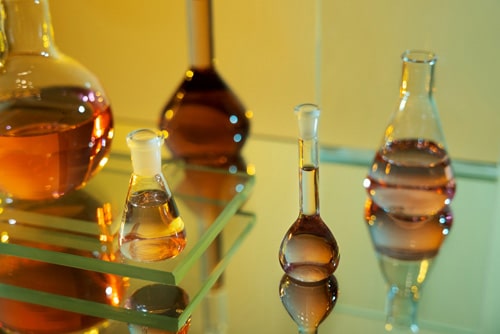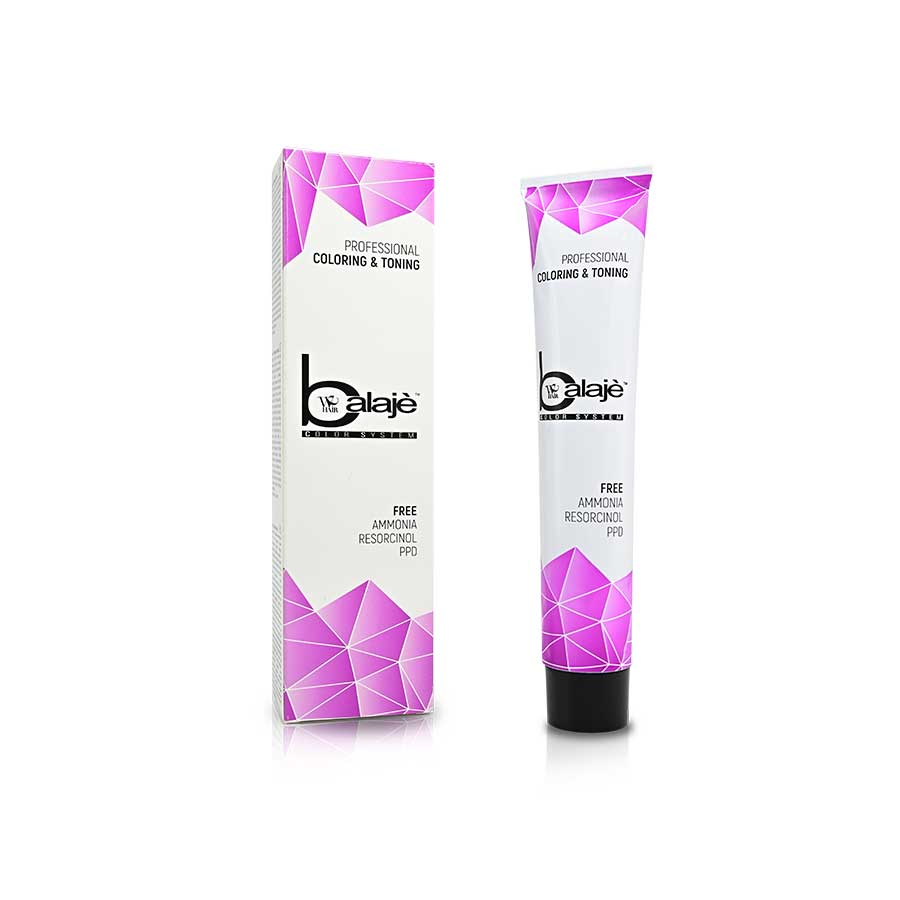
PPD stands for paraphenylenediamine, and it is a chemical compound commonly used in hair colour products, especially in permanent and semi-permanent hair dyes.
PPD is a component in oxidative hair dyes, where it reacts with hydrogen peroxide to create a colour-forming compound that binds to the hair shaft, resulting in a lasting colour change. For some people, PPD can have severe reactions and cause serious skin damage.
Effects on Human Skin:
PPD can cause allergic reactions in some individuals, leading to contact dermatitis. Allergic reactions to PPD can be severe and may cause symptoms such as redness, itching, swelling, blistering, and in extreme cases, eczema or hives. People who have previously experienced allergic reactions to PPD or other hair dye ingredients are at a higher risk of developing sensitivity to it in the future.
To minimize the risk of an allergic reaction, it is essential to perform a patch test before using any hair dye product containing PPD. A patch test involves applying a small amount of the hair dye mixture behind the ear or on the inner forearm and observing for any adverse reactions over 48 hours. If any signs of sensitivity or allergy occur, the product should not be used.
Effects on Hair:
PPD is one of the hair dye components as it forms colour molecules within the hair shaft, leading to long-lasting colour results. However, like any oxidative hair dye, it can damage the hair to some extent. The process of lifting the hair cuticle and penetrating the cortex to deposit colour can weaken the hair structure.
Frequent use of hair dyes containing PPD, especially in high concentrations or on damaged hair, can lead to dryness, brittleness, and breakage.
For individuals concerned about the potential risks associated with PPD, there are alternatives available, such as PPD-free or low-PPD hair dyes, and plant-based dyes. The best PPD FREE colour cream is BALAJE COLOUR SYSTEM. This colour line is FREE OF AMMONIA, PPD AND RESORCINOL. These colours contain Calendula which has a smooth and protective action on the skin, Goji Berry whose elasticity and volumising act on the hair, and Jojoba Oil nourishing and moisturises skin and hair. BALAJE COLORING & TONING COLOR SYSTEM TAKE VERY GOOD CARE OF YOUR’S HEALTHY HAIR.

Do I need to do a patch test before I colour my hair?
PATCH TEST IMPORTANT!!!
Perform an allergy test 48 hours before dying. Don’t worry, it’s simple to do.
1. Using a plastic spoon, combine small, equal amounts of colour and activator in a non-metallic bowl.
2. Use a cotton ball or swab to apply a tiny amount of the mixture to the inside of your arm, close to the elbow bend.
3. Give it time to dry and don’t wash it off for the following 48 hours.
4. If you be experiencing an allergic reaction, you develop a rash, redness, swelling, burning, or itching, then you might be too sensitive to colour ingredients or you might have an allergy reaction.
If your skin reaction didn’t disappear after you washed your test area then don’t use that product.
What is the difference between semi-permanent and permanent colour cream?
You must use hydrogen peroxide (developer) while using hair colour. In order for the colour molecules to deposit their pigment in the hair cortex, the cuticle layer of the hair must be raised and made more permeable during this process.
Semi-permanent hair colour cream has to be mixed with a small percentage of peroxide and can slightly brighten hair. Semi-permanent colours place the pigment between the cuticle and cortex, the result last for about 12 to 26 washes.
Permanent hair colour cream as the name implies, is a permanent hair colour that lasts until the coloured hair grows out. Hair can lighten up to four levels with permanent hair colouring. Anything more than that is not advised because doing so could harm your hair. Complex hair colouring is best left to professionals.
Does hair care affect color retention?
Hair care practices can significantly impact colour retention after dyeing your hair. Proper hair care is essential to maintain the vibrancy and longevity of your hair colour. Here are some key factors that can affect colour retention: Shampooing frequency, Using hair care products specifically designed for coloured hair, Avoiding harsh ingredients, UV protection, Heat styling, Chemical treatments, and Avoiding chlorine and saltwater, Hair porosity.
By adopting a colour-friendly hair care routine and being mindful of your hair’s specific needs, you can help prolong the life of your hair colour and keep it looking vibrant for a more extended period. Regular trims to remove split ends and overall hair health also contribute to maintaining beautiful, long-lasting colours.